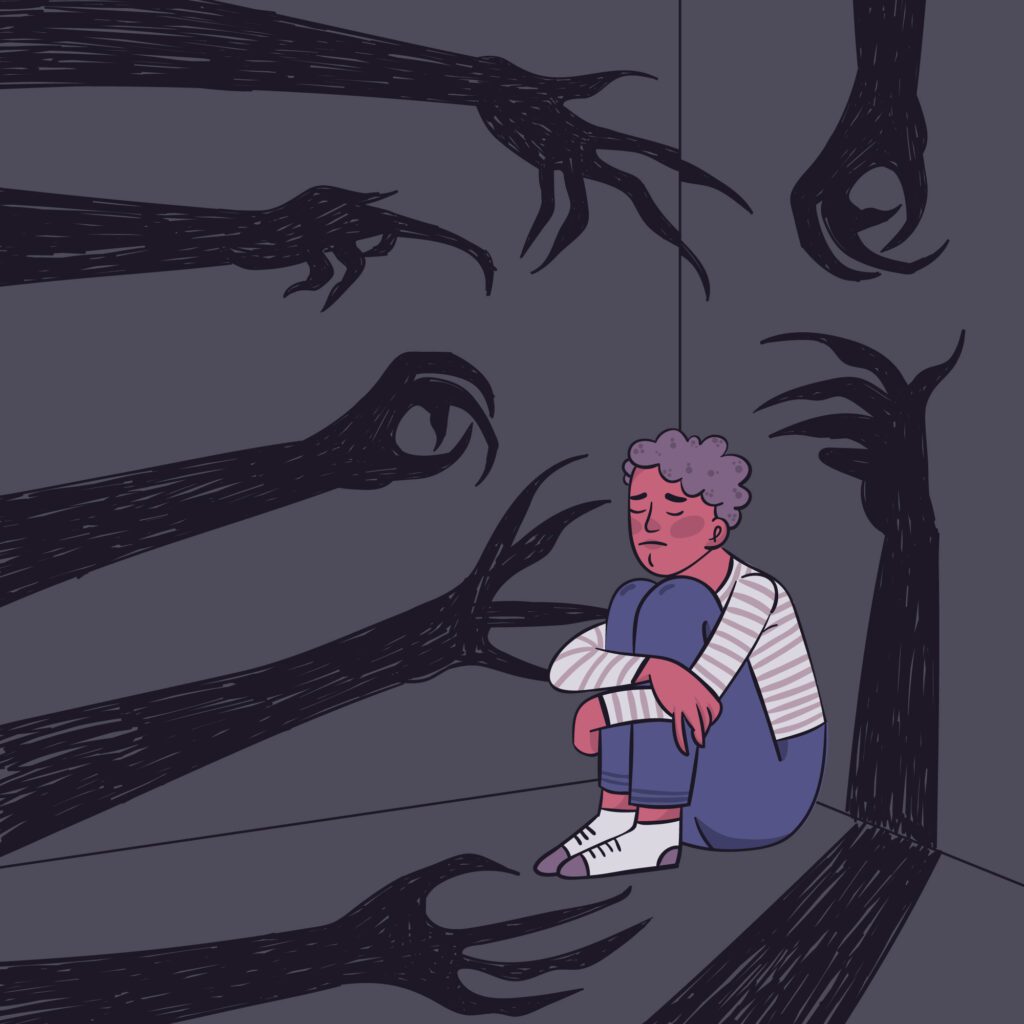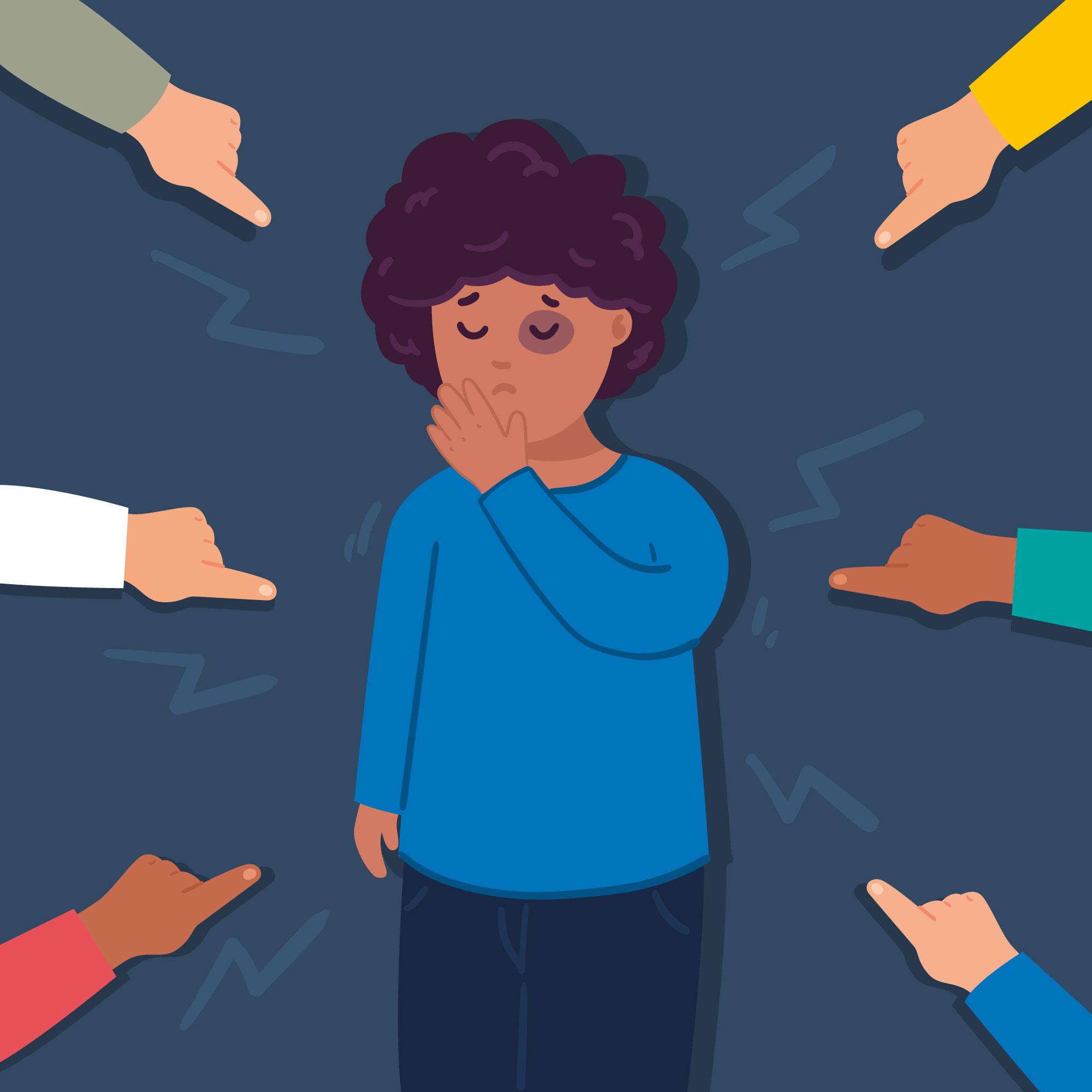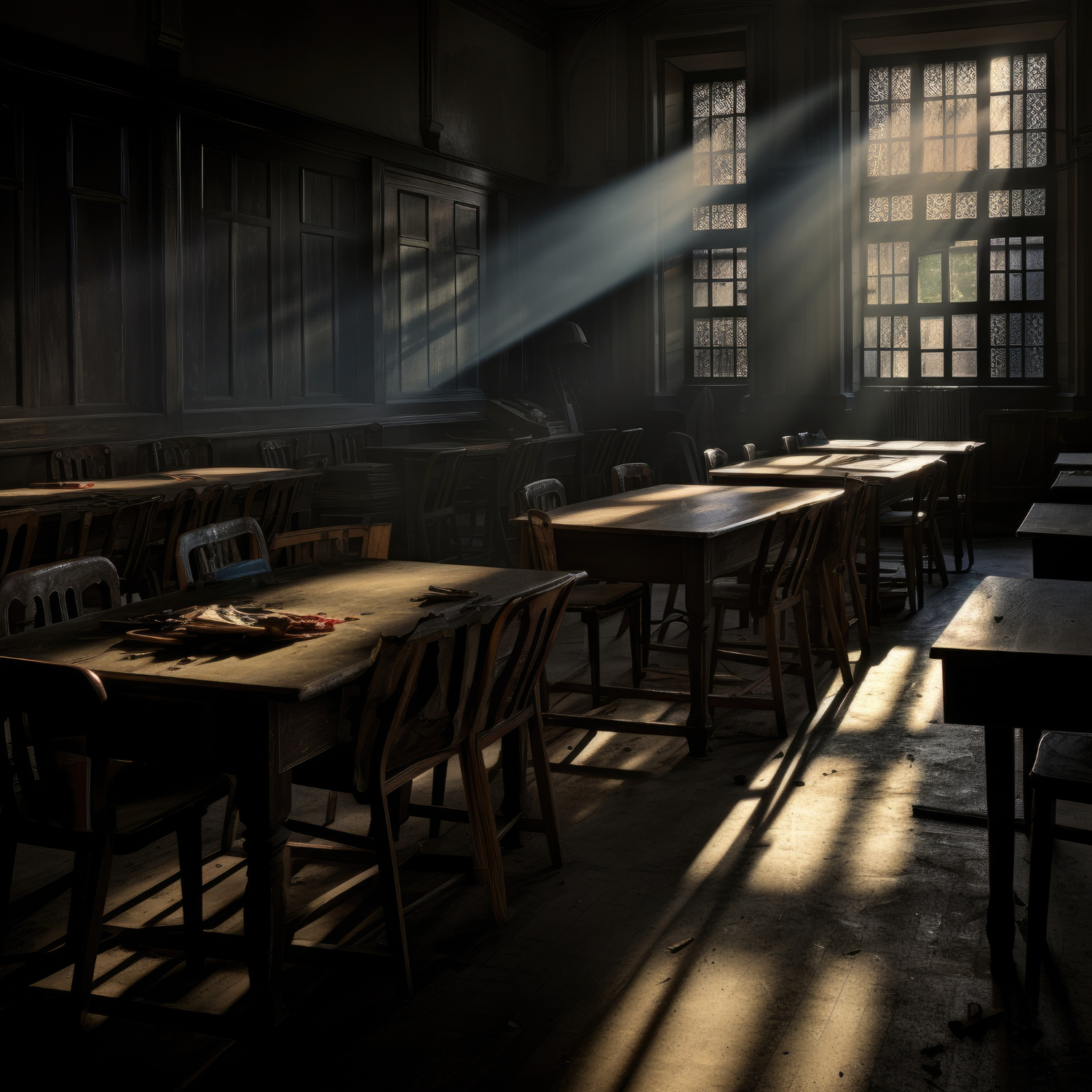In Canada’s residential schools, older children were instructed to punish the younger ones—to hit them, isolate them, report them for infractions defined by an institution that sought to erase who they were. The adults gave the orders. The children were conscripted to carry them out. This was not incidental. It was structural. It was framed as discipline.
In many rural one-room schools, the teacher appointed older students to cane their younger classmates, turning peer surveillance into ritual. Punishment was never only about the act—it was about control through proximity, about obedience reinforced by fear. The state trained children to police one another.

The present is structured by the past
This history is not sealed away in archive boxes or confined to reconciliation ceremonies. It echoes—sometimes quietly, sometimes unmistakably—in the practices of contemporary schools.
The tactics of today
Across Canada today, collective punishment remains common. A child struggles to regulate; the entire class loses their break. One student resists a demand; the group is kept in from recess. A neurodivergent child cries out or melts down, and a planned activity is cancelled. The phrasing has changed—”natural consequences,” “resetting expectations,” “building group accountability”—but the underlying message is the same. When one person falters, many must pay. And the group will learn to police the one who cannot comply.
I cried
“I can’t believe these regressive, painful, outdated strategies are still being used to hurt our kids!!!”
- A Parent
The emotional toll
This is not harmless. It is not neutral. And it is not forgotten.
For children who carry trauma—whether from school, from home, from the cumulative wear of ableism—collective punishment is not a lesson in civics. It is a re-enactment. It teaches that safety is conditional, that inclusion requires performance, that if they cannot control themselves, they will cost others. It teaches that difference is a liability.
The retraumatisation of survivors
And for adults who have lived through institutional violence—whether in residential schools, foster care, hospital wards, or classrooms—seeing collective punishment deployed in the name of behaviour support can provoke visceral, overwhelming responses. Dissociation. Nausea. Rage.
More than a method: a mechanism of control
Collective punishment is a mechanism of social control. It deputises children to monitor each other. It collapses belonging into obedience. It transforms the classroom into a site of surveillance, where emotional safety is sacrificed to preserve order.
This is not education. It is indoctrination.
A legacy we must confront
And it has a lineage. Every time collective punishment is used—whether out of training, exhaustion, or institutional design—it affirms a legacy of silence, scapegoating, and power preserved through fear. Most educators would never see themselves as participants in that legacy. But the tactic carries the memory.
Collective punishment has always caused harm. It continues to cause harm.
And it must end.
-
Why is collective punishment ineffective?
Collective punishment is not an evidence-based disciplinary strategy. It fails to support the long-term development of student accountability, safety, or prosocial behaviour. Rather than fostering responsibility, it creates a climate of fear, mistrust, and alienation—especially for students already struggling with regulation, belonging, or…








